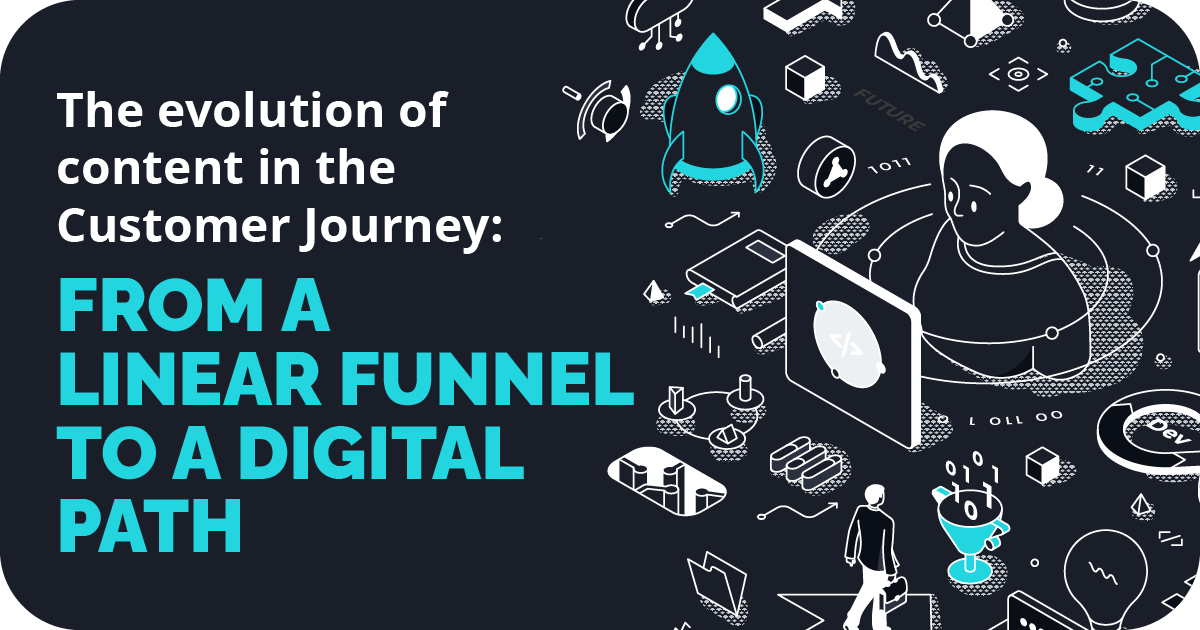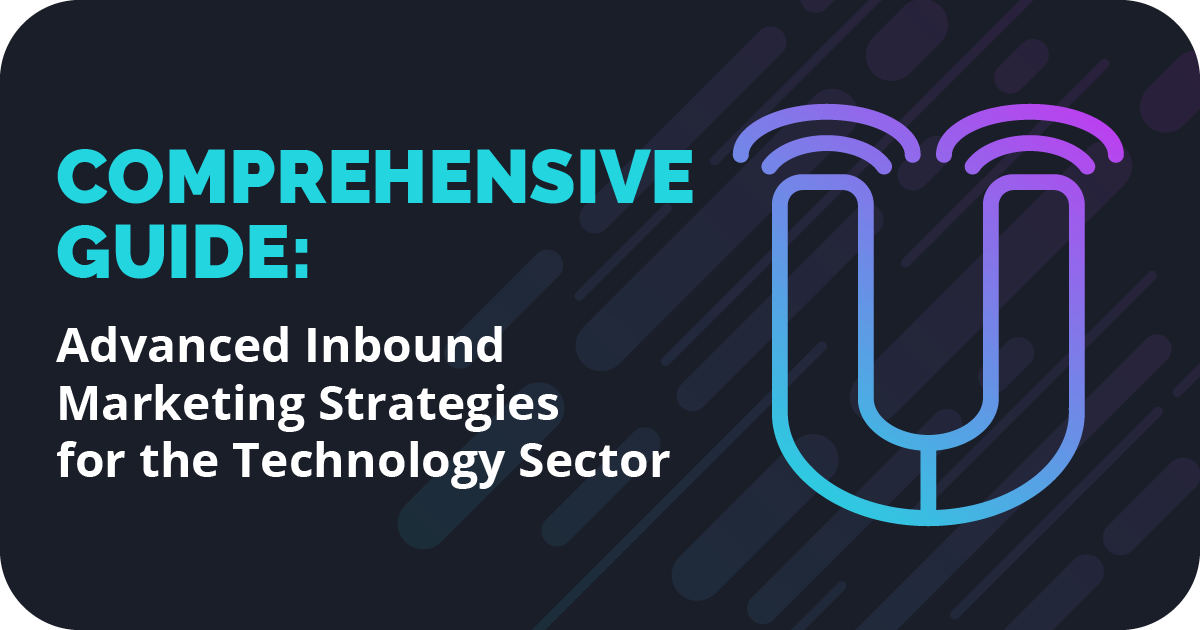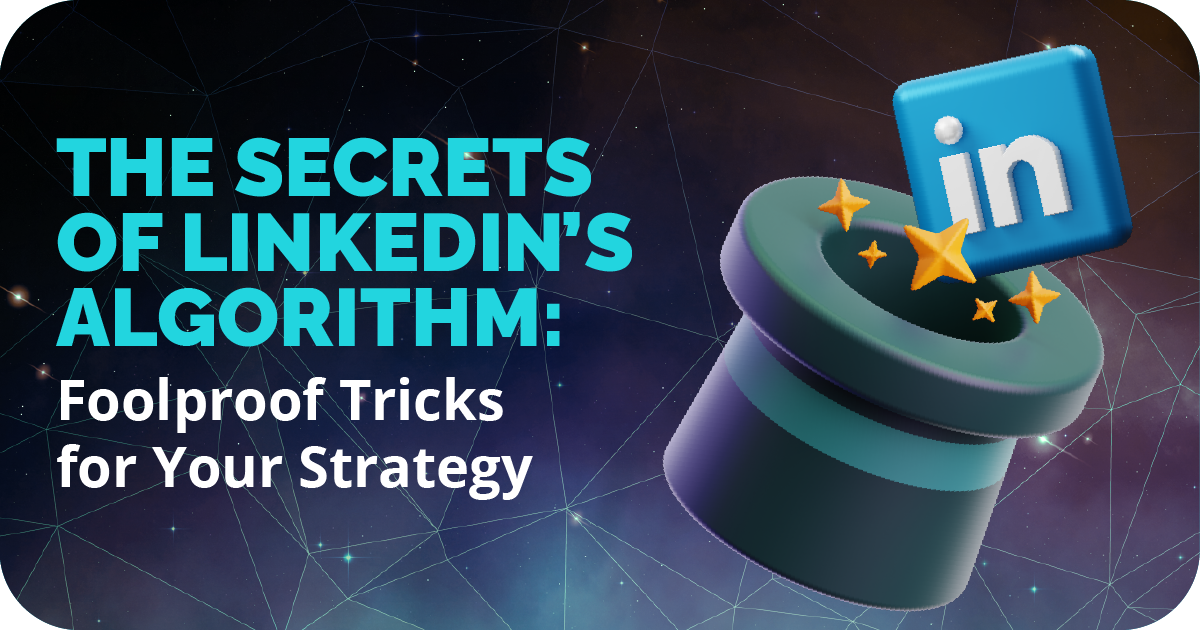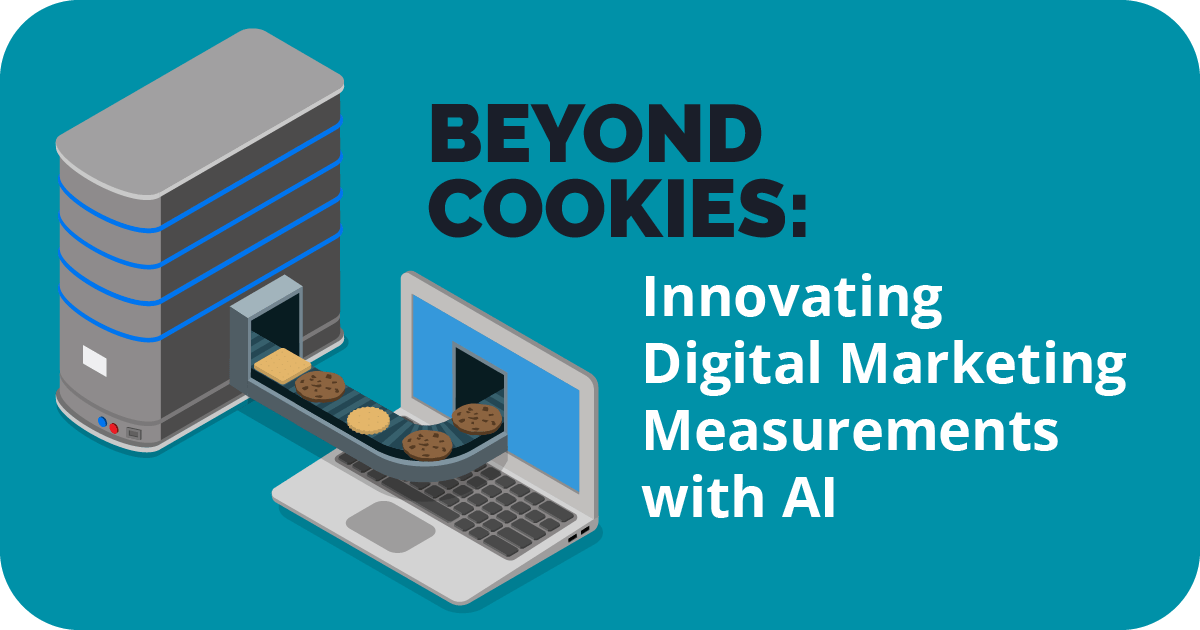6 keys for an effective public relations plan for tech companies
The impact of the public relations team and other decision making company areas are vital to achieving a successful communication plan
 It is no secret that strengthening a brand depends to a large extent on a solid communication strategy leveraged by public relations. Examples of this in the B2C sector are ample. Such is the case of companies like Apple, Samsung, Facebook and Tesla— which by their nature have their target audiences much closer to them. Therefore, it would be logical to think that if the target of a B2B company is not the end user, the strategy would change substantially.
It is no secret that strengthening a brand depends to a large extent on a solid communication strategy leveraged by public relations. Examples of this in the B2C sector are ample. Such is the case of companies like Apple, Samsung, Facebook and Tesla— which by their nature have their target audiences much closer to them. Therefore, it would be logical to think that if the target of a B2B company is not the end user, the strategy would change substantially.
For this reason, below are six essential points for creating a B2B public relations strategy that is as effective as possible:
1. A well rounded team.
The PR team within the B2B technology sector must have a holistic view of communication. Beyond producing content and interacting with stakeholders, it is important that these professionals know how to interpret metrics, define KPIs, understand ROI and have a strong relation to traditional and digital media.
2. Metrics before anything else!
Metrics are a fundamental part of communication, even more so when working with IT companies. Try to invest in communication software that helps measure stakeholder engagement in the press— especially on social media— and assess the impact of the shared content. This information is essential, not only to outline a strategy and make adjustments along the way, but also to showcase the efficiency of the communications team.
3. The audiences beyond the IT team.
When we talk about B2B technology companies, we assume that decision making falls on the IT teams and we forget who the decision makers really are. A survey done by Adobe in the United States, showed that just over half (53%) of IT decision makers depend on the collaboration of other departments. Of the remaining 47%, 27% stated that commercial teams lead the organization’s tech initiatives and work with IT to implement it, while 18% said that said area makes decisions based on the suggestions from the commercial team. Only 2% said that IT defines the technological vision without the participation of other professionals. What this means is that the communication strategy should cover all sectors of an organization, which brings us to the next point.
 4. Get to know what the public reads.
4. Get to know what the public reads.
Although the strategies of IT companies are defined by different sectors of those companies, the public relations team is responsible for building a good relationship with journalists from different media sectors. If the client, for example, is in the healthcare technology area, you need to consider the media that doctors read and not just what the IT team reads. The medical team has the best understanding of the main weaknesses in the sector and, therefore, the greatest influence when it comes to buying software or adopting a new security system.
5. Find the right communication format for each audience.
If we are going to interact with different audiences, the format to use should also change. Companies, in general, tend to use press releases to announce news and change— however, that isn’t always the best format. With very specific niche media—such as science or sport—it can work, but when we want to speak, for example, with a logistics manager, we may need to prepare a personalized interview.
6. Good narratives are powerful.
Generating B2B content does not mean we should put storytelling aside. Remember that behind the business aspect, buying decisions are made by human beings who connect with powerful and innovating narratives.
If you have reached this point, we know that the prestige of your company is one of its most valuable assets, since it is built over time. At Isource Marketing we are message facilitators, ensuring that your organization’s messaging reaches the right audiences correctly. Contact us now! We can help.

PR & Media Analyst
Passion: Cook, Reading











